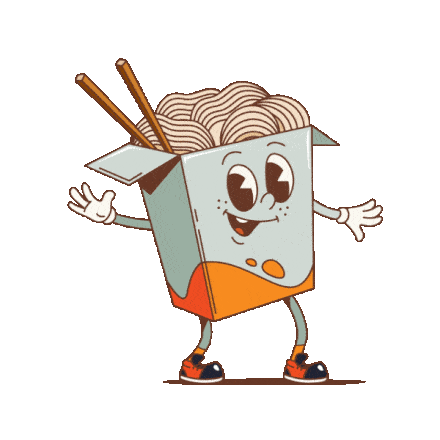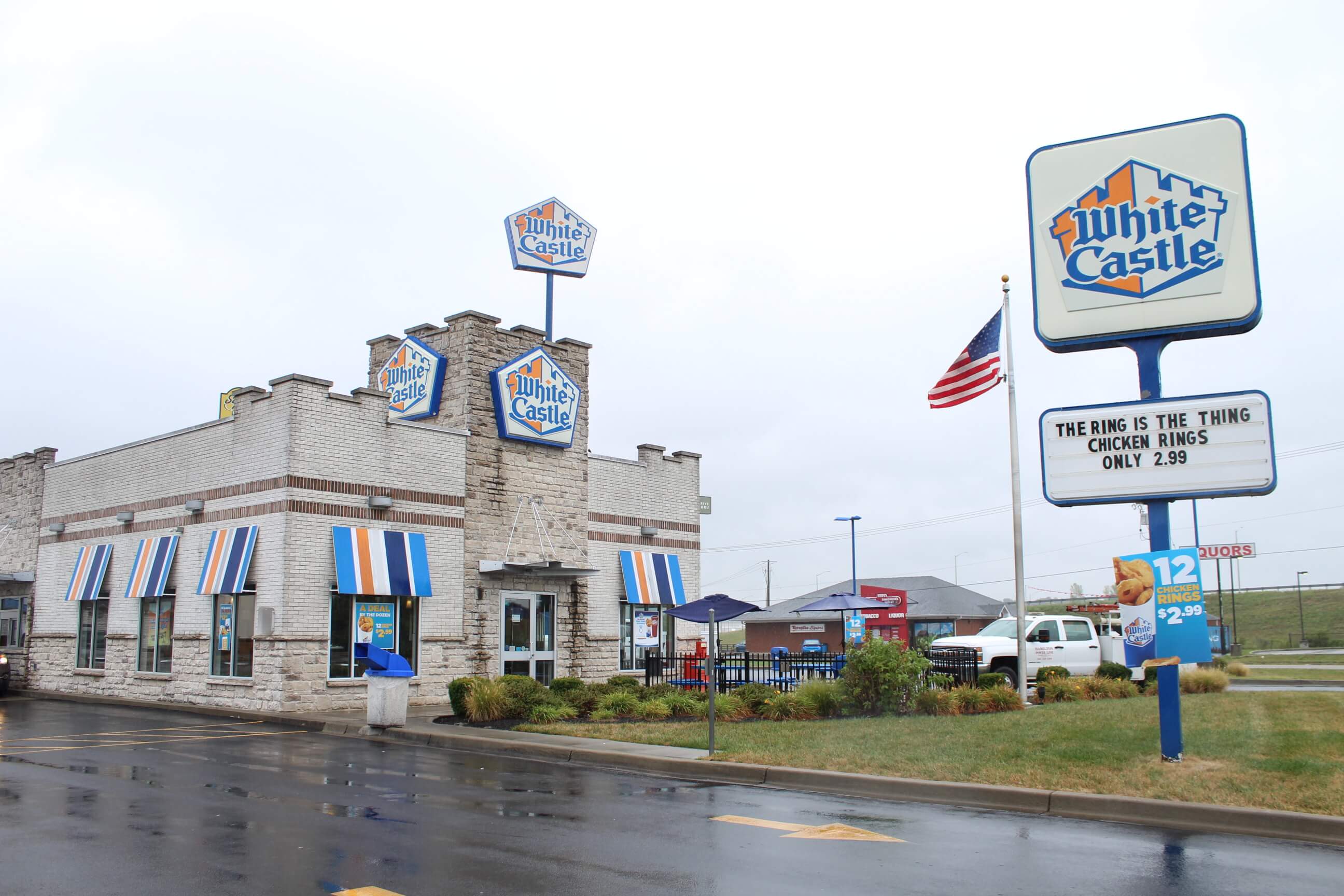Starbucks Deep Brew AI: How Tech Makes Coffee More Human
The totally non-obvious way Starbucks’ Deep Brew AI restores the warmth and personable feel of a coffeehouse using data, automation, and predictive tools.
.jpg)
Starbucks built its brand around the idea of the neighborhood coffeehouse. A third place filled with the comforting hum of conversation, warm lighting, and ceramic mugs you can wrap your hands around.
But today, that inviting atmosphere has faded. Digital systems have changed what customers expect from a Starbucks (similar to how technology is influencing 80% of restaurant decisions), turning what used to be an experience into something more transactional. Now, the company is turning to technology to help fix what technology helped create.
.jpg)
From Personal to Transactional
Over the past decade and a half, Starbucks’ mobile order-ahead and rewards platform has exploded. By 2023, the company counted 34.3 million rewards members in the U.S. alone. As digital orders climbed, store traffic increasingly came through the app or drive-thru.
That shift put pressure on baristas and the in-store experience. Employees had to juggle mobile orders alongside drive-thru spikes and counter walk-ins. Inventory stretched thin, lines and waiting areas got crowded, and seating spaces got messy. In some cases, customers reported waits up to 40 minutes as baristas scrambled to keep up.
Before long, the calm, cozy café feeling started to slip. The coffee chain’s pickup-only locations couldn’t find the right balance between speed and service either. As far back as 2019, Starbucks opened some 80 mini cafes to support growing demand for mobile orders. With no seating and no on-site point-of-sale system, the locations reflected an industry shift to contactless service. However, they still failed to turn out orders as smoothly as Starbucks hoped. Operational weaknesses led to long wait times, and worse, the lack of personality damaged the brand.
Starbucks looked to address these problems with the data generated by its own digital systems. Years of app transactions revealed patterns in demand and ingredient use across regions. Starbucks saw an opportunity to use those insights to better anticipate orders and manage inventory, freeing baristas to spend more time with customers and stores to renew focus on the Starbucks café experience (more on this later). Deep Brew, the company’s in-house AI engine, now powers that system behind the scenes.
The Brain Behind the Bar
Introduced in 2019, Deep Brew began as the engine behind Starbucks’ app personalization, suggesting drinks based on order history. As it absorbed more data, its role expanded beyond marketing into store operations. Today, it functions less as a recommendation tool and more as an operational nervous system.
Because the system runs on Microsoft Azure, Deep Brew can connect to tools for order management, scheduling, and inventory. Each store contributes data that feeds back into the network, from how long drinks take to make to which ingredients run out first.
Deep Brew works quietly in the background to fine-tune how stores operate. It determines when to start steeping cold brew, how labor hours are allocated, which drinks appear in the app, and when deliveries should shift between stores. Through this constant calibration, Starbucks keeps its physical and digital operations aligned.
.jpg)
The Surprise? How AI (and data) Changes the Café
Most customers will likely never notice Deep Brew, and that’s the point. It’s designed to power solutions that smooth out the frustrations that have worn away its café atmosphere over time, from long waits to out-of-stock ingredients and overworked staff. Several of those tools are already being tested.
AI-powered inventory counting: Developed with Seattle startup NomadGo, Starbucks’ AI inventory system uses computer vision to identify products on shelves and flag low-stock items. What once took staff an hour with paper and pencil now takes about fifteen minutes with a tablet scan.
Green Dot Assist: Built with OpenAI, this generative AI tool is a barista’s on-screen companion, helping them keep orders moving. The iPad assistant also answers recipe questions and suggests pairings, such as recommending a lemon loaf with a lavender latte. For new baristas, it builds confidence. For experienced ones, it makes adapting to menu changes easier. Starbucks is currently testing the tool in 35 stores, with a wider rollout planned for next year.
Smart Queue: Behind the bar, Deep Brew’s Smart Queue software keeps orders balanced across Starbucks’ multiple ordering channels: mobile app, delivery, drive-thru, and front counter. It continually adjusts sequencing so no queue overwhelms another, helping stores avoid the bottlenecks that crowd the café.
Predictive Ordering: At this year’s Dreamforce conference, Starbucks CEO Brian Niccol previewed a Deep Brew feature that uses machine learning to forecast demand. By analyzing weather and seasonal patterns, stores can plan inventory and staffing more precisely. For customers, that consistency would mean shorter waits and drinks that are ready when they’re wanted.
Together, these tools help stores regain a steady rhythm. With the logistics handled by Deep Brew, baristas can turn their attention back to the people in front of them.
Get Fast-Food Friction
Access the 2025 Restaurant Tech Report instantly to find out what quick-service restaurant goers want (and where brands fall short).

Get Fast-Food Friction
Access the 2025 Restaurant Tech Report instantly to find out what quick-service restaurant goers want (and where brands fall short).

Get Fast-Food Friction
Access the 2025 Restaurant Tech Report instantly to find out what quick-service restaurant goers want (and where brands fall short).
The Human Side of a Digital System
The irony of Deep Brew is that the more it learns, the more human the café begins to feel. Its influence shows up in quiet ways, through a steadier pace and a calmer atmosphere designed to foster conversation or contemplation..
Customers are beginning to see those changes take shape. Starbucks is investing more in the physical stores too. Stores now feature more comfortable seating, touches of local art and history, the return of the coffee condiment bar, and ceramic mugs for those who stay. And those not-so-efficient pickup-only locations are getting converted into a new espresso bar model. Starbucks is bringing back counter service and outfitting the tiny spaces with barstools and banquettes to attract lingerers, supporting its larger goal of reassociating the brand with coziness and connection.
The atmosphere feels warmer and more grounded, though it may not be obvious that this renewed sense of comfort depends on a powerful system quietly working behind the scenes.
Other [[quick-service restaurants]] can learn from this approach and from the idea that, when technology is designed and implemented thoughtfully, it can make even the largest brands feel more personal and human.




.jpeg)
